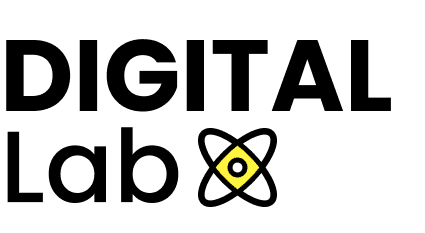When launching a new product or service, there is often a gap with actual need when teams do not take the necessary time to thoroughly study their customers’ real needs and expectations (use cases qualitative/quantitative studies objectives etc.).
After some focus groups and quick studies of the competition, teams will quickly move on to the design and prototyping phase.
With enough budget, companies then launch the product then realize that there is a gap between what the user really wants and their initial assumptions.
» If you think good design is expensive, you should look at the cost of bad design » Ralf Speth – Jaguar CEO.
Before even developing the product, one of the most important steps is the Discovery Phase.
It is a process that allows us to validate an idea (market functionality, user need opportunity) before implementing it.
This step allows us to better understand and identify your customers and users in order to develop a product or service that will best meet their expectations.
The discovery phase allows teams to identify potential opportunities develop products that create value (for both the business and the user) and are technically feasible.
This process helps the company avoid wasting resources on a product that nobody wants.
Product discovery enables informed decisions on what to develop based on data analysis.
Discovery has 2 main steps :
The exploratory phase and the validation phase.
Exploratory phase: This step involves various activities such as problem/opportunity identification workshops/interviews with stakeholders and auditing the existing system.
Validation phase : This step could include market research customer surveys focus groups ethnographic research prototyping and testing. The goal of this phase is to gain a deeper understanding of the user needs the market demand the technical feasibility and the design constraints which will inform the design process. Based on ouptut found during the exploratory phase.
The discovery phase will enable teams to have a clearer view establish a real product vision and make the right choices in terms of development.
To be effective, teams must broaden their possibilities and implement exercises to validate the best solutions to implement.
When should we do Discovery ?
If the project teams do not have well-defined objectives and a clear vision of the project or solution to be developed (objectives value proposition market audience OKRs…), this step is crucial.
What questions should we ask ourselves ?
- What is the ambition of your project? What are your goals?
- What specific problem(s) will your product or service solve? (Value proposition)
- Who are your users what are their needs and expectations? (Audience)
- How can you consider your project a success? (KPIs)
- What are the alternative solutions on the market? (Current competitors)
- What makes your product different? (Competitive advantage)
- When do you plan to launch the product? (Time to market)
- How do you plan to launch it? (Marketing and communication strategy)
- What are the key factors for making your project a success?
What are the expectations for Discovery?
By incorporating discovery into your study phases, you will be able to obtain the following outputs:
- A better understanding of the users and their needs, behaviors and pain points
- Clarity about the problem you are trying to solve and the goals you want to achieve
- A set of hypotheses to test and validate through user research and usability testing
- Detailed personas and user journeys to guide your design decisions
- Insights into the market and competitors to inform your product positioning and differentiation
- Data-driven recommendations for the design and development teams
All of these outputs can help ensure that your product or service meets the needs of your users and stands out in a competitive market.

